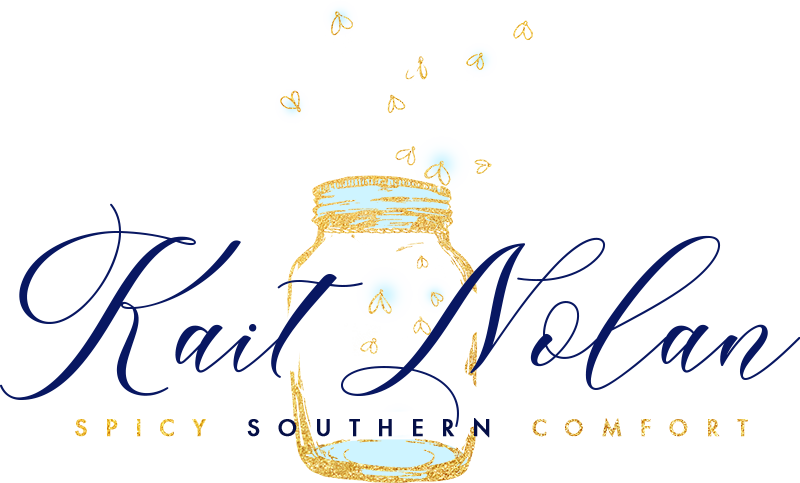There are so many fabulous on-line workshops for those of us left behind during this week at RWA that I can hardly keep up! I’ve been slowly trolling through my bloglines reading them and clipping and noting things left and right, either for future reference or to blog about myself. I’ll be breaking my long dry spell on craft posts, it looks like.
The thing that’s foremost in my mind today, however, is something that Sherry L. Clark said over at her blog. She’s doing a series of posts about Great Beginnings.
The inciting incident is what propels the story into motion. It implies, and must have, action, conflict, drama and movement forward. It’s not description or exposition or backstory or characterisation – it is purely and simply a key point of action that makes your main character act or react. If you are starting with something that doesn’t demand action or reaction, you’re probably not starting in the right place.
This is really the key point in a nutshell, isn’t it? This is what makes us pick up or reject a book (apart from title, cover art, back blurb, etc.). I know that when I am in a bookstore trying to choose between hundreds of choices for my dwindling book buying budget (if they could only get that teleportation technology worked out so that gas doesn’t eat into my book budget!), I open the front and read the first page. If it grabs me, I’ll buy the book. If it doesn’t–well, it probably is going back on the shelf.
When I take a survey of my various works in progress, I think I do a fairly decent job of starting with action. That’s always been a thing for me, to try and start in the middle of things. But Clark’s advice takes it one step further. Don’t only start in the middle of action, figure out exactly what action, what event sets the rest of the story in motion. As luck or fate or my subconscious would have it, that’s exactly what I did in my two most recent WIPS.
Ashes & Wine begins with this:
The body lay on the bed in a pool of rose petals. Pure crimson. The color of love. Of desire. Of death. Rigor mortis had come and gone, leaving her as easy to manipulate and pose as a doll. He dressed his doll in the satin nightgown he’d found among Mackensie’s things. The shoes she‘d kicked off upon her return from the wedding lay discarded near the doorway. The dress she‘d changed out of and so carefully draped over the footboard was now artfully pooled in the floor. It had been a last minute addition to the plan—a stroke of inspiration to dress the body in Mackensie’s clothes, to set the stage as if she were waiting for the lover she‘d taken here so many years ago.
His lips curved in perverse delight. He’d been waiting so long for this opportunity—for her to come back to the hometown she‘d cut and run from twelve years before. And who would have thought she would deliberately stay here in this cabin, where things had gone so dramatically wrong for her? What a delightful bonus to begin the game here. Oh, how he wished he could see the look on her face when she returned to find his carefully constructed tableau.
But there were no good places to hide and observe, so he’d have to leave her reaction to his imagination. She and that enormous beast she called a dog would be back from their run soon. Besides, there would be other opportunities to watch. This was only the beginning.
This scene is the catalyst. Everything flows from here because Kensie comes back from her run, finds this body and that’s what draws her and the rest of the cast into the web of hatred, murder, and revenge. It’s actually set off as a prologue, as the bulk of the book is told from the heroine’s or hero’s perspectives. There’s been a lot of backlash against the prologue in blogland over the last few months–but I’ll save my opinions on that for another post.
Another example is in my current WIP, Til Death. Again, it opens with a prologue, in this case because the event that sets everything into motion happens twenty years before the rest of the book. Our ten-year-old hero Wyatt, treasure hunter extraordinaire, goes looking for treasure on his grandparents’ farm and finds a body instead. And that’s what actually fuels what happens for the rest of the book.
I think something in me recognized this need to begin in such a way. Every time I start a book, if I’m not happy with the beginning, I work and rework it (probably succumbing to PBW’s editing Macarena) until I come up with something that does, in fact, fit the bill as the inciting incident. There’s a lovely sort of domino effect with the plot by beginning this way. As you all know, I struggle with formally plotting out my books, but by beginning with the inciting incident I can map out what happens as a result of it and in the ripples I wind up with a plot. I love it when things come together like that!

